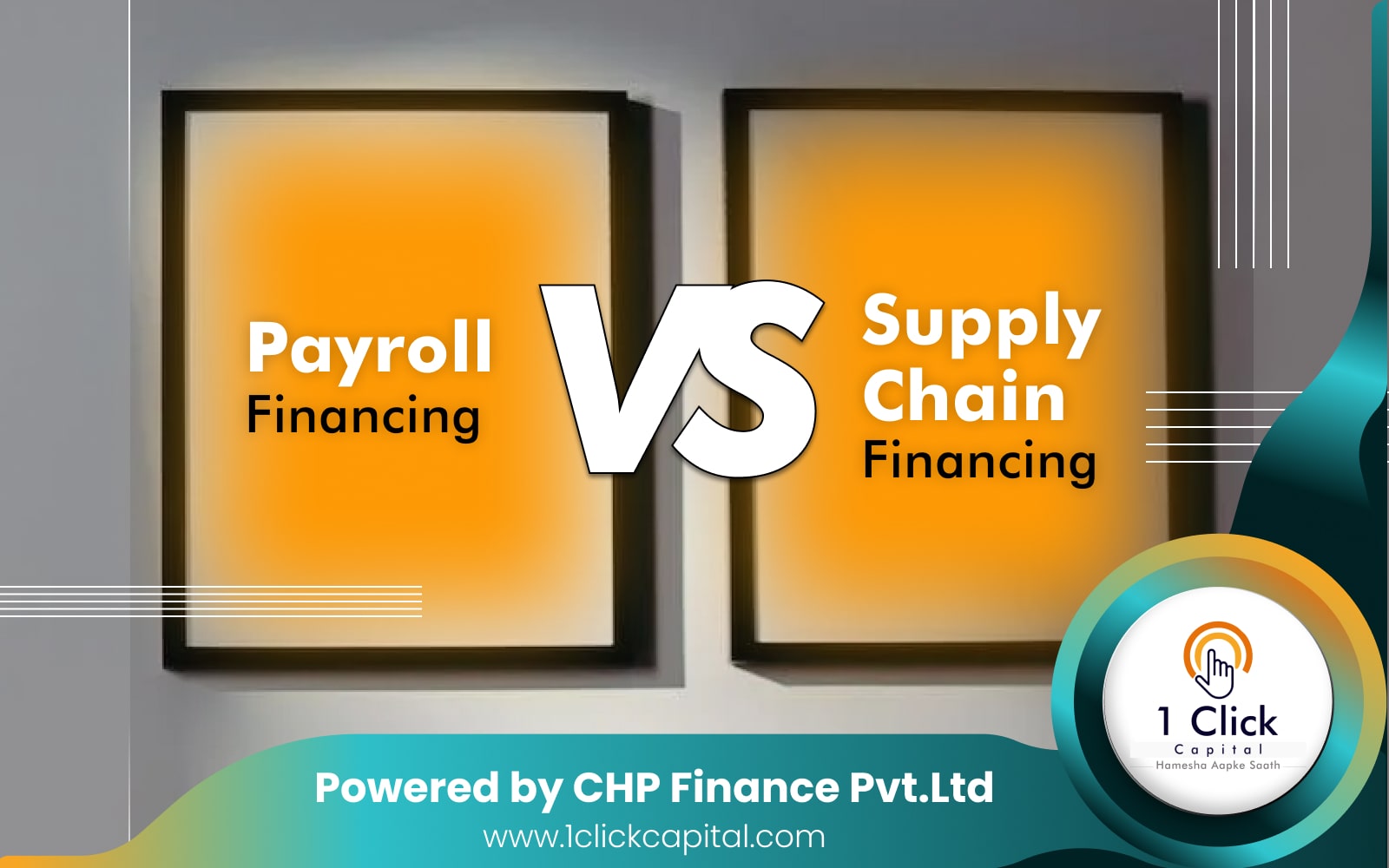What is Supply Chain Finance?
Buyers and sellers can both benefit from supply chain finance (SCF) because it helps them save money on financing while increasing productivity. Automating business processes and keeping tabs on invoice approval and payment status are crucial to how SCF methods function.
Single-Cost Financing (SCF) is a hybrid of technologically-based business and financing that benefits all parties involved by reducing costs and raising levels of competence.
Working capital for both the seller and the buyer can be maximised with this short-term line of credit.
The most noticeable advantage of Supply chain financing is the time and effort savings it brings to the buying and selling process. Increases the number of successful sales and purchases in business. In this case, everyone wins.
When compared to other forms of financing for Accounts Receivable (AR), supply chain finance is still uncommon but is on the rise in a few industries. It’s a radical departure from the status quo of things like trade financing and payroll funding.
Reverse factoring is a service provided by supply chain finance companies that helps businesses maintain positive cash flow even when they have a large number of unpaid invoices.
There are, however, some fundamental supply chain finance questions that you likely still have. Let’s start with the basics: what exactly is supply chain financing? What makes this service unique from debt factoring? When it comes to funding the supply chain, who takes the initiative and foots the bill? Finally, what is the main distinction between supply chain financing and payroll financing?
Debt factoring and supply chain financing are essentially the same thing turned on their heads. Supply chain finance begins when a supplier’s customers or clients seek out the services of an invoice financing provider. The supplier is then free to select which bills it would wish to have funded. In the end, the unpaid invoices are purchased by a supply chain finance business in exchange for an advance payment against the invoices’ total amount. When an invoice is paid in full, the financing company sends the remaining amount to the vendor after deducting the fees charged by the reverse factoring firm.
This is an uncommon approach because it is started by the company that hasn’t yet paid the supplier’s invoices. When a business starts a process, it involves the supplier and the lender in a coordinated
effort. By delaying the requirement to pay off its debts until a later date, the initiating company can ensure that its supplier has sufficient cash flow to sustain normal operations.
Payroll Funding: What Does It Mean?
Businesses that need money to pay their employees can turn to a loan service known as payroll funding, often called payroll financing. Sometimes a company has trouble paying its employees on schedule because of a lack of funds. Companies can get a line of credit based on their total salary output of the month and use that funds to pay salaries to their employees.
How is Payroll financing different from Supply Chain Financing?
The ultimate aim of both supply chain financing and payroll financing is to give businesses with a cash infusion while they wait for payments from their customers and clients. Both approaches are considered kinds of AR finance, but they accomplish their goals in distinctive ways. They have varied prices as well.
The buyer takes on the debt factoring role in supply chain financing. This means that the significant costs and potential problems associated with debt factoring are also present. This may be relevant for individual bills or for the full group of invoices. In either case, the tab can add up rapidly.
As an alternative, payroll funding functions similarly to small company loans. The payroll finance provider agrees to advance you a particular amount based on your business’s payroll requirements. You can repay the loan as soon as you start getting money from your consumers and clients. For as long as you have the loan, you simply need to make interest payments. The interest you pay on a loan depends on its original amount and how quickly you pay it back.
It’s also worth noting that payroll finance services do not buy bills. If you have outstanding invoices or volume, you will not be charged a percentage. There is no fixed interest rate attached to borrowing money; rather, you pay a percentage of the total. Since the payroll finance firm doesn’t have any skin in the game, they won’t be handling customer payments on your behalf. Therefore, you will have more say over the whole procedure.
Another way in which payroll funding differs from supply chain finance is that neither the business’s clients nor its customers need to be involved in the process of securing or repaying the loan. While waiting to be paid, your company borrows money from a payroll funding company. You can repay the loan after all charges have been settled. The clients who pay you, however, have no part in the lending procedure.
In conclusion, the money must be used differently when dealing with supply chain financing compared to when dealing with payroll funding. The money you borrow through supply chain financing can be utilised for anything related to running your company. Spending from payroll funds, on the other hand, is restricted to those related to payroll. Payroll funding is thus one of the quickest and most efficient methods of paying employees on schedule, even when waiting on outstanding invoice payments.




